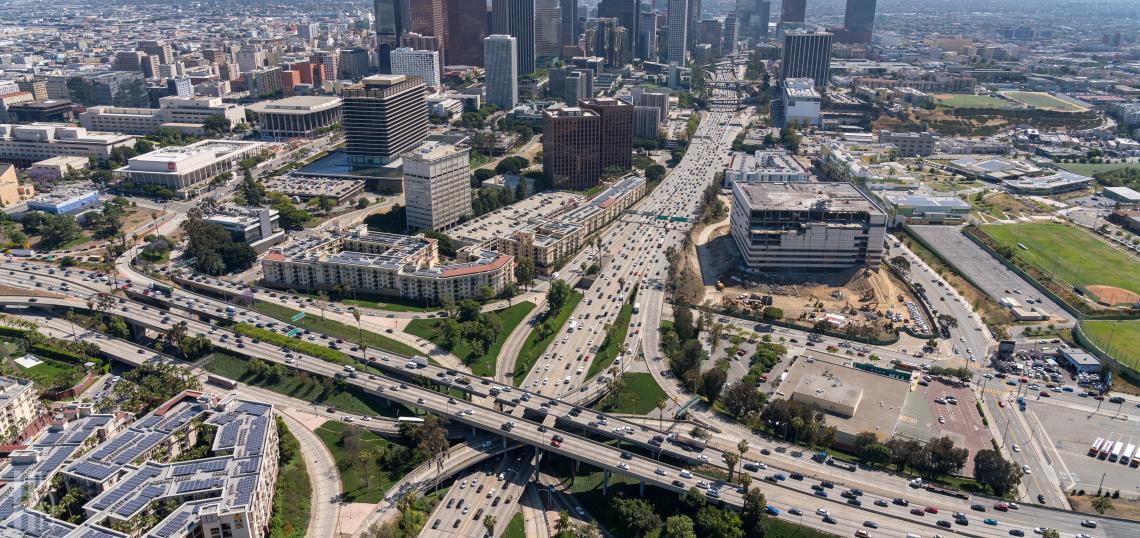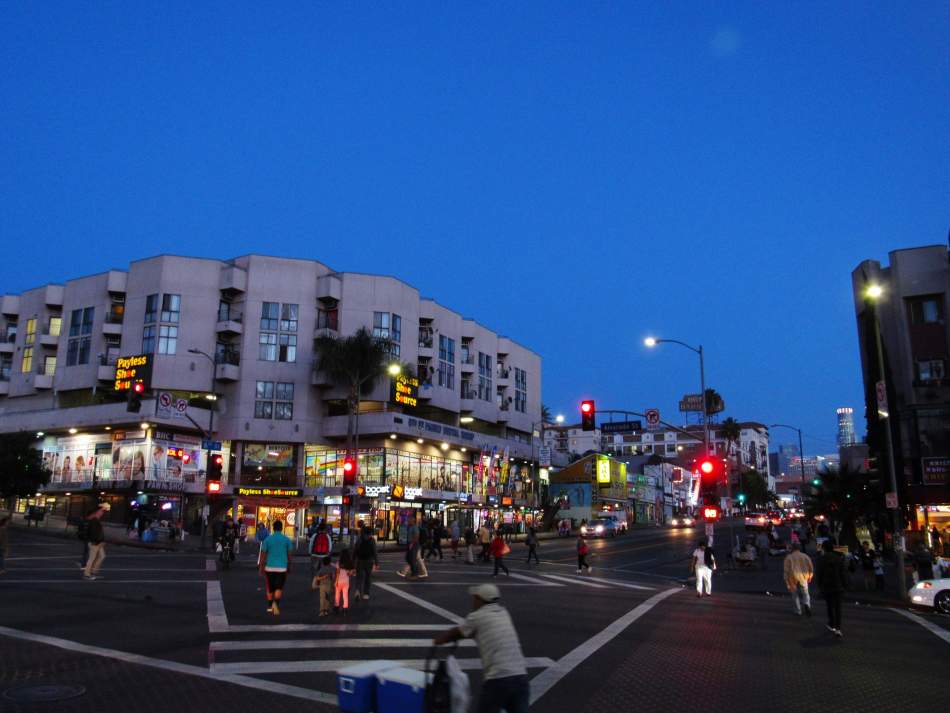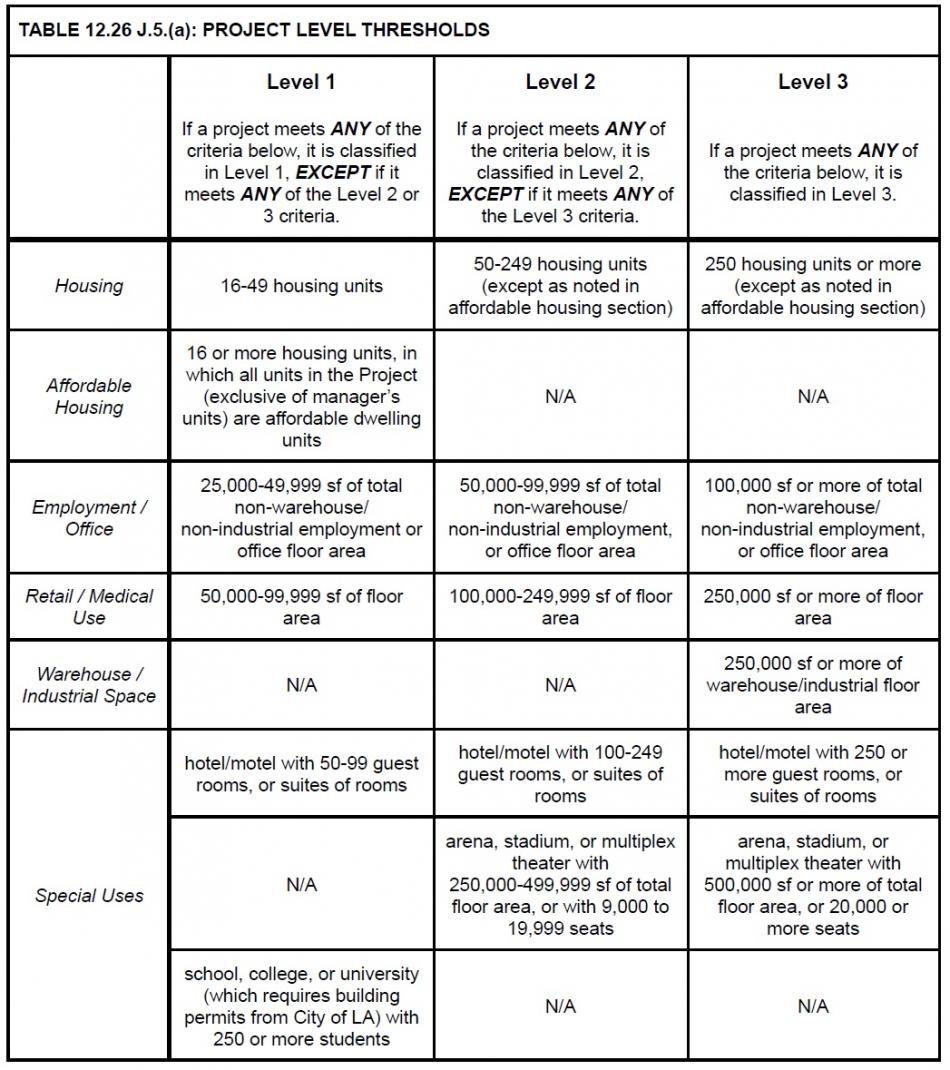A draft ordinance published earlier this month by the Los Angeles Department of City Planning aims to reduce car dependence and steer the region towards lower greenhouse gas emissions.
The ordinance, if adopted, would effectuate changes to the city's Transportation Demand Management (TDM) Program, which attempts to reduce the number of new car trips generated by large developments. Various strategies that have been promoted under TDM plans include alternate modes of transportation, including cycling and transit, as well as steps to redistribute trips outside of peak hours.
"This program puts people first. It recognizes Angelenos' diverse transportation needs, invests in walkable, bike-friendly, transit-rich communities, and incentivizes the creation of walkable activity centers," said Planning Director Vince Bertoni in a news release. "By creating more efficient and sustainable options for getting around the City, we will make it easier for Angelenos to reach jobs, education, healthcare, and social activities."
While the existing program is currently limited to large commercial projects, the updated ordinance would expand the TDM program's application to most multi-family residential developments with 16 or more residential units. Other projects exempt from the updated TDM ordinance would include new buildings with:
- less than 25,000 square feet of office space;
- less than 50,000 square feet of retail or medical space;
- less than 250,000 square feet of warehouse or industrial floor area;
- 50 or fewer hotel rooms;
- fewer than 9,000 seats or 250,000 square feet in any arena or theater; and
- fewer than 250 students in any charter or private school.
Requirements would be scaled for projects subject to the ordinance based on size and scope. Three different tiers are proposed:
A TDM calculator created by the city will allow project applicants to generate a "point target," based on the size of a development and estimated parking capacity. From there, developers would choose from a menu of pre-approved TDM strategies which include including incentives for transit use, cycling, carpooling, and car sharing.
For additional information on the update to the TDM ordinance, the Planning Department and LADOT are holding virtual workshops and public hearings prior to consideration by the City Planning Commission and City Council.
Visit the project's website to learn more: planning4la.org/mobility.








